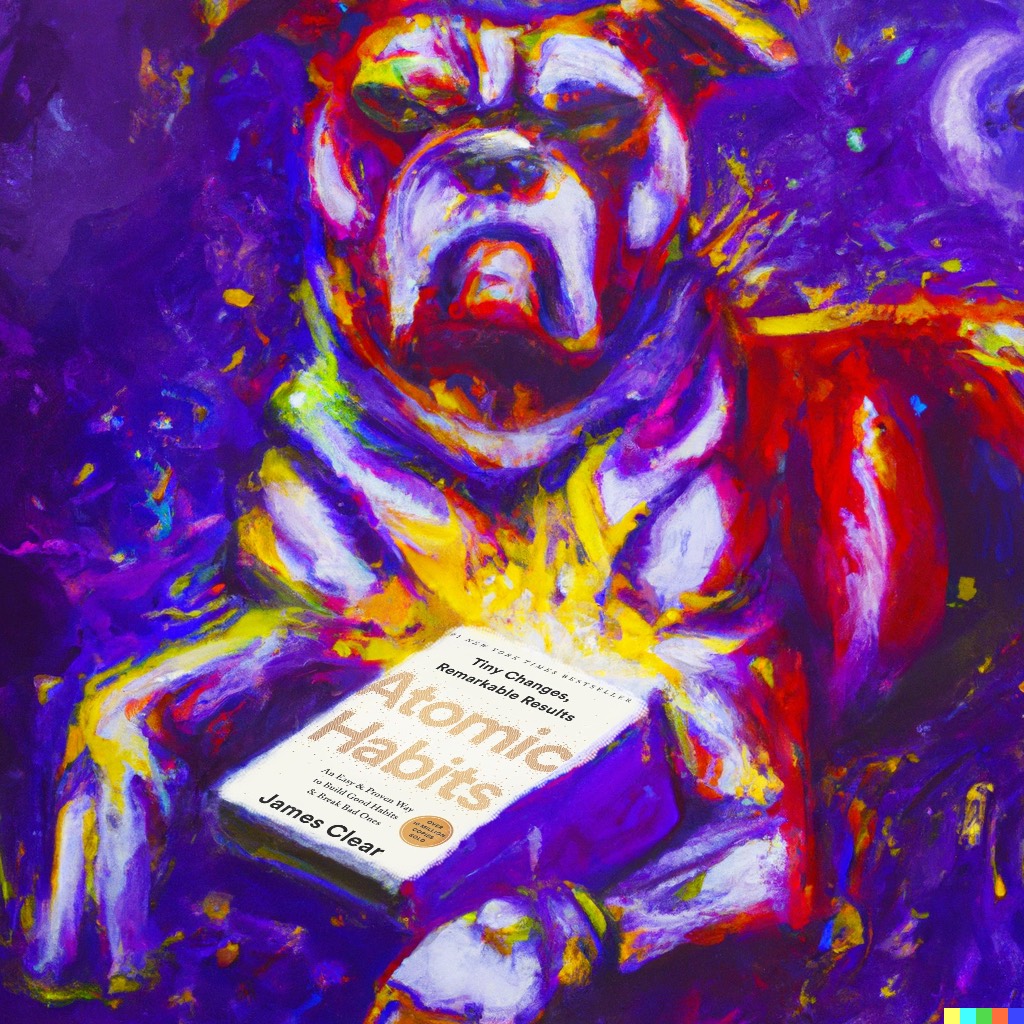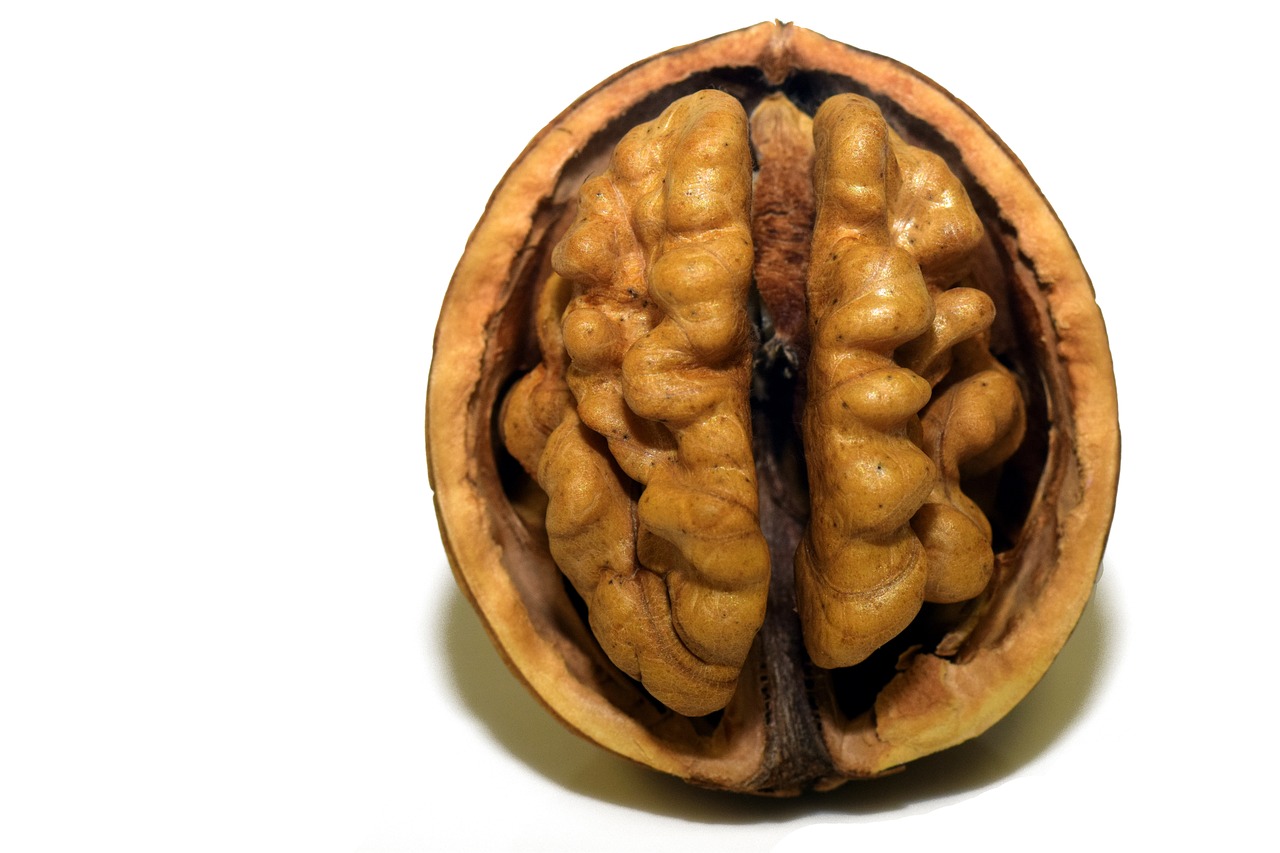Posts tagged “habits”
Field Report #7: How I Process “Atomic Habits” by James Clear

Those who do not react flexibly to the demands of the situation make themselves slaves to their stubbornness. When processing James Clear’s Atomic Habits, I deviate from the actually recommended reading method. The reason is: I work the way the book requires and not the way I would like to.
How to Increase Knowledge Productivity: Combine the Zettelkasten Method and Building a Second Brain

This article is structured in two parts. First, I summarize the Building a Second Brain (BASB) method by Tiago Forte. Then, I will compare it to the Zettelkasten Method (ZKM). I will first discuss the differences, because they can help to understand BASB and the ZKM more deeply. Then I will explain how to reconcile BASB and the ZKM. Spoiler: they can be combined perfectly. I have made some changes in my own way of working. I will include these as examples at the end.
How to Improve Your Zettelkasten by Learning from Athletic Training

The benefits of your Zettelkasten highly depend on the longevity of each note. Since the Zettelkasten as life-long companion and comrade in the battle for and against knowledge is a long-term endeavor, it is crucial that you create notes and structures that will last a long time. The minimum goal should be that they last a lifetime, so they are optimally designed for yourself. Ideally, they last forever, so future generations can benefit from your work as well.
Practical Integration of the Zettelkasten Method: My Deep Work Days

Fiddling with the details of IDs, and discussions about Folgezettel and whether they are an integral part of the method or just a compensatory solution for a physical Zettelkasten is fun and part of the constant improvement. But sometimes, one thing gets left behind: How to implement knowledge work into your life. This is how I do it.
How to Program Yourself for Productivity and Stop Searching for the Ideal Software

In search for the perfect software application to manage a Zettelkasten note archive, surprisingly, I have become the tool I was looking for. Here’s what you have to do once you settle for the important things and let go of false feature needs. When I dream about the perfect Zettelkasten software, everything revolves around reference awareness:
Make Writing a Part of Your Identity

Brian Crain talked about increasing productivity by tracking progress. To have a continuous metric is both motivating and informative. I, too, buy into the saying that you can only improve what you measure. The corollary is: when you care about something, when you really commit to it, you have to do your best to track it and improve. Writing is one such skill. You become a writer by writing more, and you can shift your identity consciously to make this change stick.